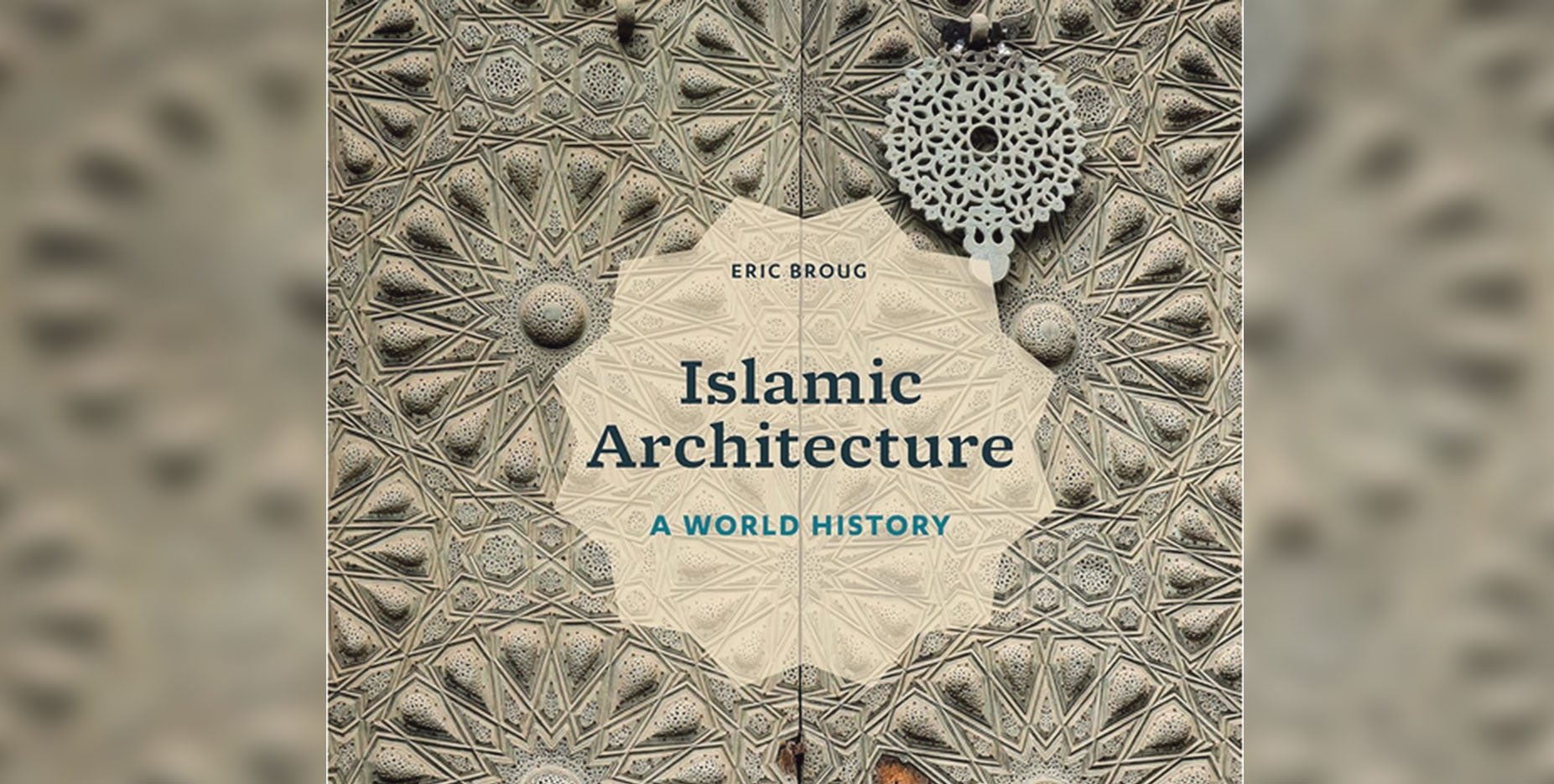
Islamic Architecture – A World History by Eric Broug. Pages 323. Thames and Hudson. Hard Back. £50
What a beautiful coffee table book! 323 pages are filled with stunning pictures of mainly mosques and other buildings with Islamic architecture around the world. Quite often, we come to the understanding that any, and all Islamic heritage—our culture, our history—has roots in the Middle East region. Forgetting that Islam is a global religion, and its expanse is reflected in its cultural heritage.
The book is very conveniently divided into regions, and a small blurb accompanies every mosque that it features, including when it was built, interesting aspects of the design, and a little bit of the history of the building too. What is so humbling about the images featured is that a tiny mosque with rustic features would sit on the same page as multimillion-dollar projects commissioned by governments and leaders.
That aspect of the book feels especially poignant. For example, a lot of the modern spectacular mosques, such as the Sheikh Zayed Grand Mosque in Abu Dhabi, sit alongside the second-oldest mosque in the remote mountains of Fujairah, with only 53 m2, compared to the grand mosque that can accommodate over 40,000 worshippers.
I also love how it features mosques in Ghana, Burkina Faso, and the Ivory Coast, whose architectures are very different from mosques as we imagine them to be and made out of local materials, not the tiles and smooth exteriors featured in the mosques of the Middle East, and they, very interestingly, have protruding timbers, which are evidence of the influence of the Mali Kingdom that traded with these countries.
Islamic architecture also features women in history, such as Nur Jahan, the Mughal Empress, and Mihraimah Sultan (among others), who commissioned buildings with each image or name giving context to their story. It feels like an interesting nod to the contribution of women to Islamic architecture. It is almost like an attempt to thwart the ‘Islam is patriarchal’ narrative because there is no equivalent of a listing of men who have commissioned buildings in the book.
I loved this as a book because you could get lost in the book going from picture to picture and picking up interesting bits of information, such as mosques in France that have geometric openings that allow different amounts of light in (Pg 287) to mosques in Russia that were built at the request of Tartar soldiers in the late 19th century. I think it compels the reader to look at different parts of Islamic histories influenced by different movements, and it does it through the buildings that were erected along the way.
I recommend this book, which sits very proudly alongside my ‘Journey through Tanzania’, which features images of mountains and towns that I grew up around.
Aasiya I Versi